Let resurrection begin!
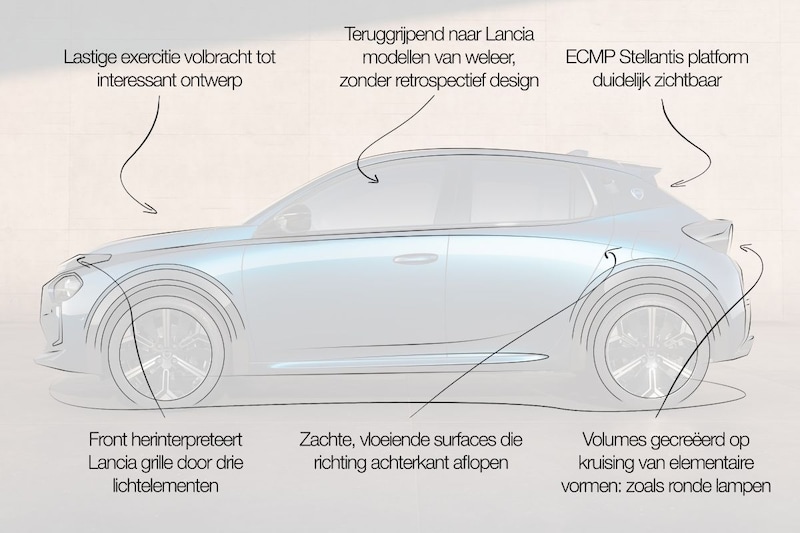
Lancia is a brand with a fantastic history, unique automobiles and ditto innovations. However, many do not go further than the rally successes achieved by the Delta Integrale, Stratos and 037, especially because Lancia, founded in 1906, has actually been clinically dead for years. The new Ypsilon should ensure a resurrection, and a new Italian car requires a design review by Niels van Roij.
The Italians once brought the first self-supporting bodywork, the first five-speed manual transmission and also the first engine with turbo and supercharger onto the market. Lancia was very progressive with innovative technology and elegantly designed modern bodies.
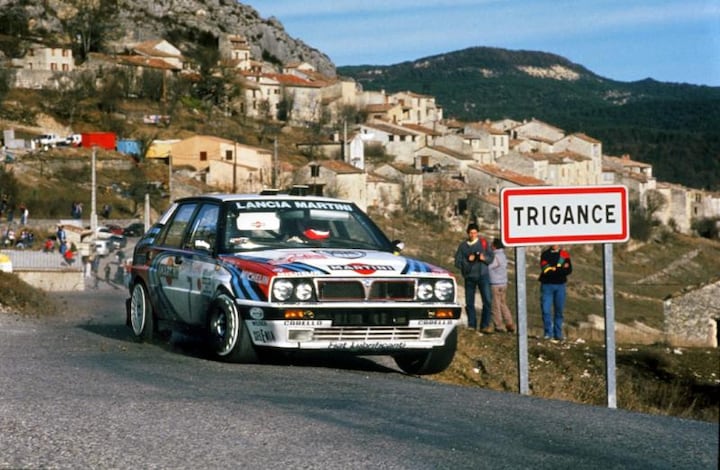
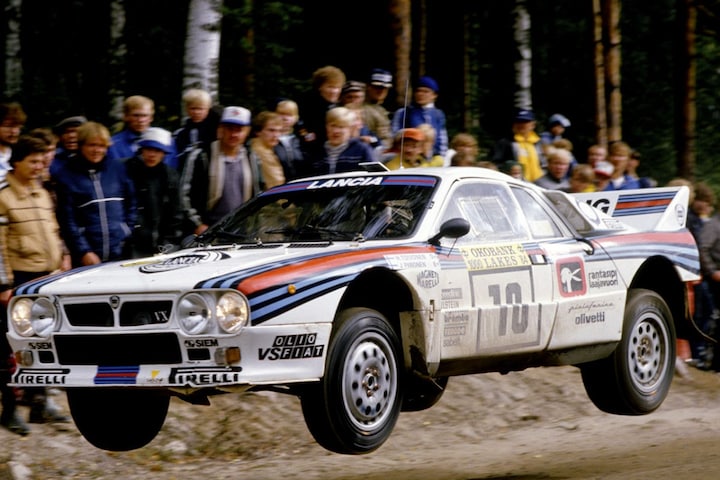
Lancia Rally 037

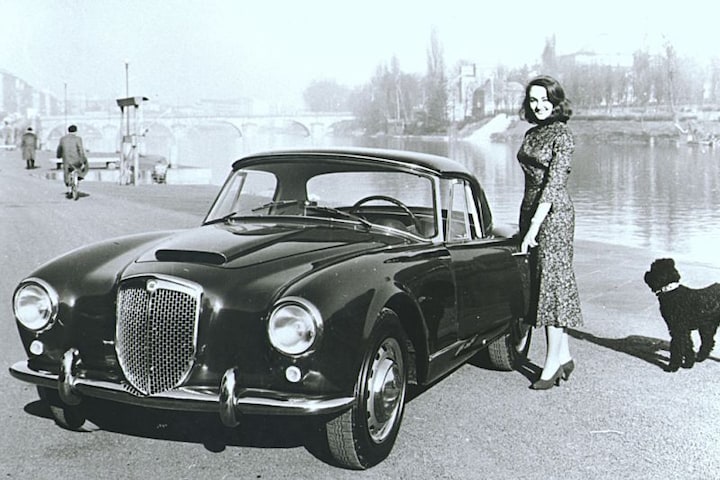
Fiat Chrysler Automobiles (FCA) completely dried up Lancia’s financing and put the brand’s last vestige of existence at risk, but after the takeover by Stellantis there was a sudden glimmer of hope. Do you remember? In the 1910s, FCA shamelessly stuck the famous Lancia badge on a series of Chrysler models. An exercise that obviously failed completely. This destructive badge engineering had to be forgotten and Lancia Design was back in business under Stellantis.
The concept car to be created had to hark back to the intelligent Lancia models of the past, without any form of retrospective design. A chrome Lancia grille on the front of a non-descript car was certainly not the way forward. Especially not in the world where it no longer serves any practical purpose due to electrification.
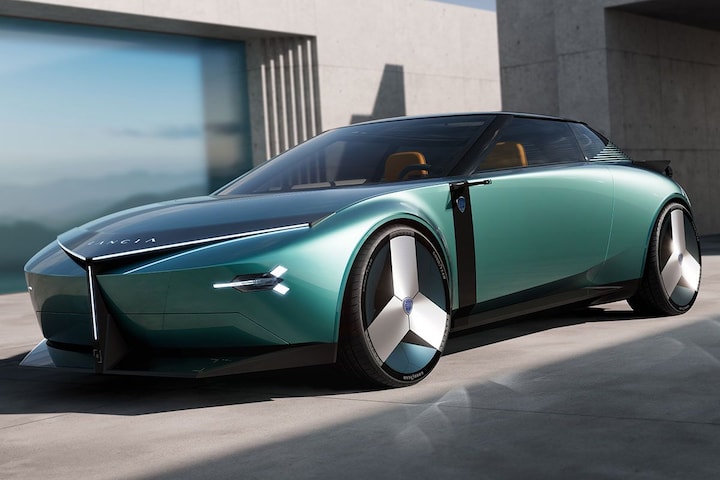
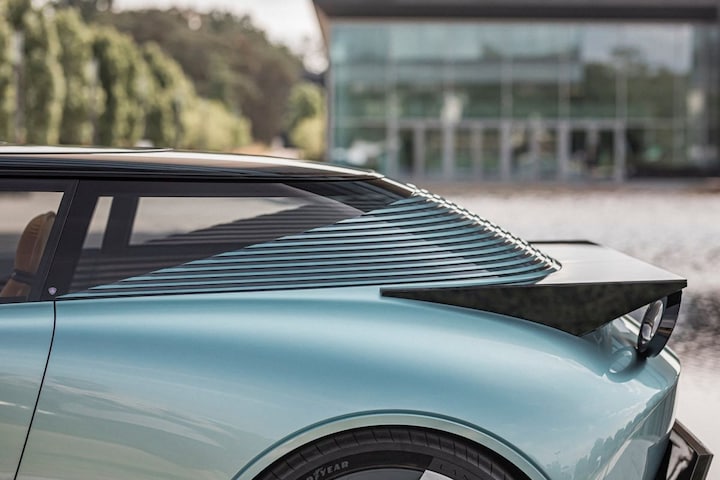
Rarely has a new start for a manufacturer been so complex. Because when was the last time a noble car brand was so passionately abused, neglected and squeezed by its owner for years? In 2023, Lancia designers will announce their vision for the brand through the Pu+Ra HPE Concept car. Purity of form and elegance is typical of all successful Lancia designs. The modern essence of precisely that was presented in a fabulous way with this beautifully proportioned car – through the application of modern interpretations of important design elements. A hit!


The concept car naturally embodies a new Lancia design language. One where the volumes are created at the intersection of elementary, iconic shapes. The circle, like the rear lights of the Stratos, and the triangle, the historic Lancia grille reduced to its true essence, form the skeleton for a slender, soft skin that is, as it were, stretched between these bones.

The design of the Pu+Ra HPE Concept is a dialogue between past and future. With soft, flowing surfaces that slope towards the rear of the car – diametrically against the trend of dynamic shoulder lines.

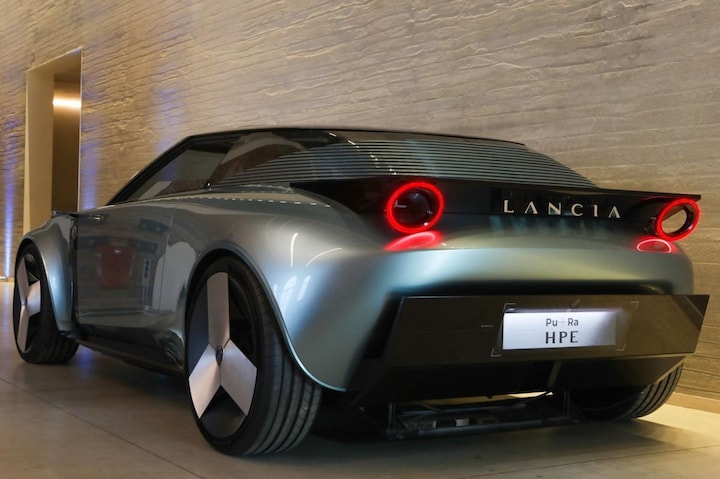
The front reinterprets the Lancia grille: brought into the future by three light elements that make it visible and recognizable from afar. A completely new one down the road graphic which is essentially as old as Lancia itself. Top!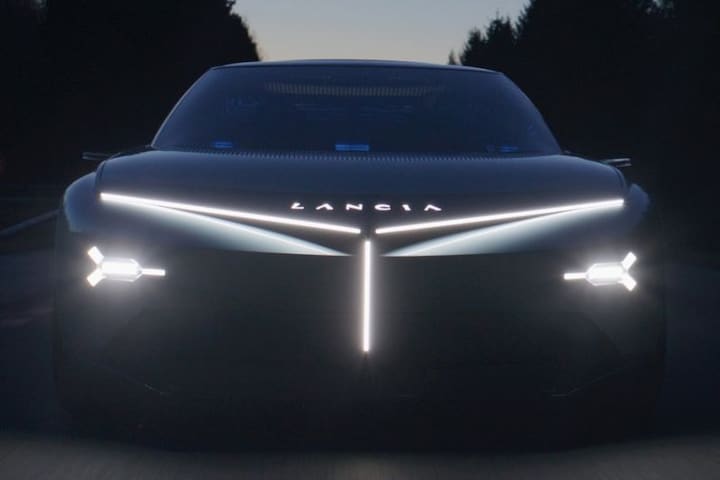
Then the translation of this powerful sports car concept into the new Ypsilon. That’s a city car. Naturally, Stellantis’ ECMP platform, on which the Opel Corsa and Peugeot 208 also rest, is clearly visible in the design. The shared hardpoints include the windshield and roof curve, the wheelbase, front and rear overhangs and the dividing seams of the hood, doors and tailgate, among other things.
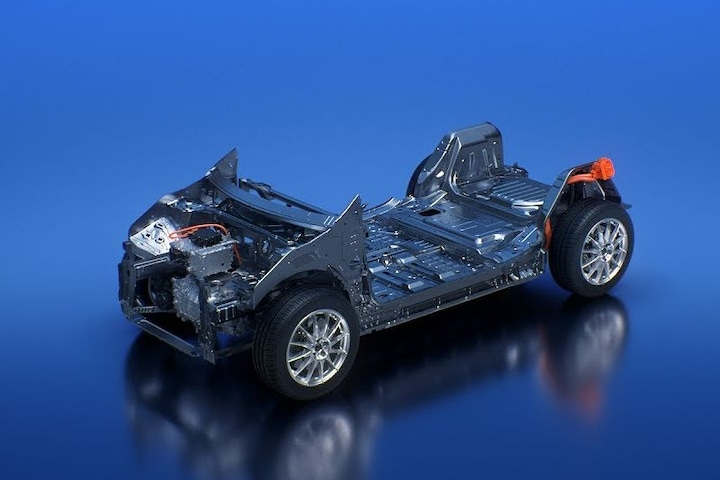

The Opel Corsa (above) and the new Lancia Ypsilon (below). Below the Peugeot 208 in profile.
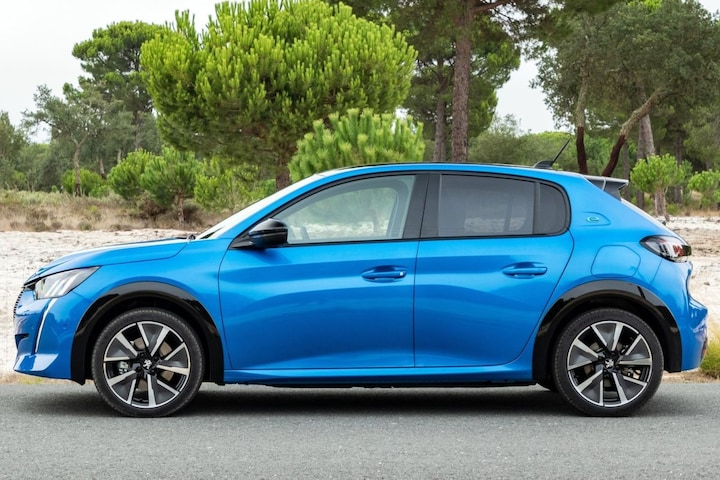
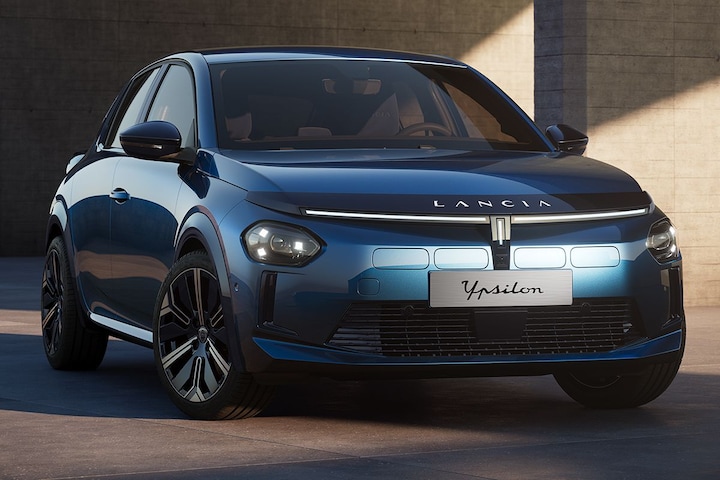
Nevertheless, this exercise, an exceptionally difficult one on all fronts, was completed into an interesting car. Kudos!.
– Thanks for information from Autoweek.nl